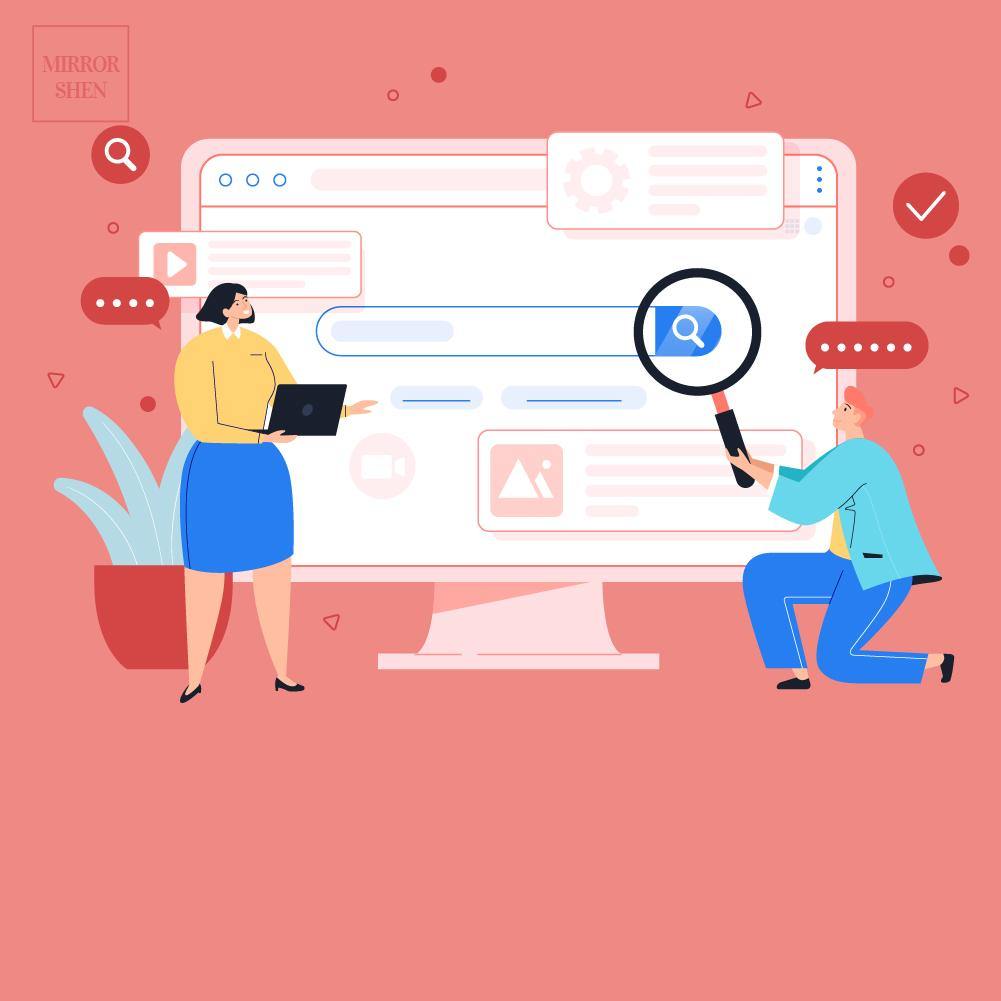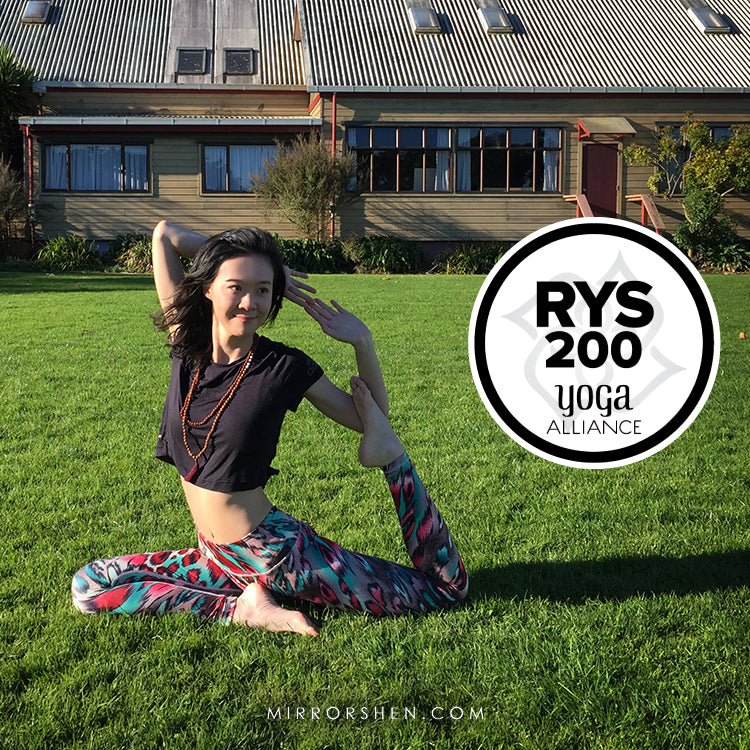
How to plan SEO? (Search Engine Optimisation)

We have talked about Why search engine is great for marketing (SEO & SEM). Now let’s talk about SEO (Search Engine Optimisation) and see how we can simply start planning SEO.
💡 SEO Plan
👉 How to build a SEO Plan?
- Start with keyword research to understand what your customers are looking for.
- Use that information to assess your successes and failures.
- Brainstorm solutions to improve your weak spots, and prioritise them.
- Keep refining your SEO plan based on changes in your world and the world of search engines.
🤓 Keep in mind
SEO is an ongoing Process
It simply help you understand what visitors want, create and share the content they’re searching for and being willing to change tactics when necessary.
👉 4 quick tips on how to stay up-to-date on search
- Learn how search engines work.
- Keep an eye on changes and monitor how they affect your website.
- Find inspiration from other websites.
- Talk to your customers.
👉 3 factors to consider when choosing the keywords for SEO
- Frequency: The number of times a word is searched for.
- Competition: Look for keywords that have a bit less competition. Use long tail keywords.
- Relevance: The keywords you select should closely match what you actually provide.
💡 SEO Goals
By using analytics tools and webmaster tools, you can measure, track and report on the results.
You’ll know which efforts are progressing successfully and which aren’t.
👉 What data can you obtain?
- Conversions: Turning website visitors into paying customers.
- Engagement: Leading people to interact with the content on your site.
- Acquisition: Gaining new customers.
👉 What insights can you get?
- How many organic visitors become customers?
- Which web pages or content on your site turn visitors into paying customers?
- Which content isn’t performing well?
💡 Content Marketing
👉 Off-site optimisation
A valuable way to potentially increase your search engine rankings.
Off-site optimisation has more to do with everything outside your website in order to affect your SEO. It actually makes up roughly 75% of your overall SEO factor.
The best way to support off-site optimisation is by creating good content that establishes your site as a quality resource, attracting visitors who then share it across social media.
🚩 TIPS:
You can create useful tips and guides on blogs to attract people who are interested in this topic. And then in your articles, you refer them to your recommendations of other sites which potentially could be your own products.
💡 Promo website in another country
There are 3 things to think about.
👉 Language
The easiest way is to have multiple languages on one page. But it’s NOT professional at all and will make users hard to focus on reading. The best way is to separate each translated version on its own web page.
Some people use Google Translation or AI translation tools. The truth is search engines don’t value content generated from automated translation tools. Even worse, the page might be considered spam.
You can also get web specialists to set up annotations for advanced multilingual and multinational setups. These tags will mark your pages so search engines can serve up the right version of your content to viewers in their respective countries.
👉 Localisation
Things to consider when you promote your website in different countries.
- Do you need to provide product prices in different currencies?
- Do they use a different system of measurement—metric versus imperial? For example, kilos or pounds?
- Did you include local addresses and phone numbers so they can contact you?
- Do you need to list your business hours in different time zones?
👉 Country Targeting
Use country code top level domain name—ccTLD for short.
It’s a strong indication that your site targets a specific country. Even you only use .com, search engines may use a number of factors including where your website is hosted, its IP address, and information on your web pages. You can still help your site and its content be more visible to international prospects by using country targeting tools such as those found in Google Search Console.
🤓 Keep in mind
Your website’s content should be made for your human visitors, not for search engines.
Reference:
Google digital garage



